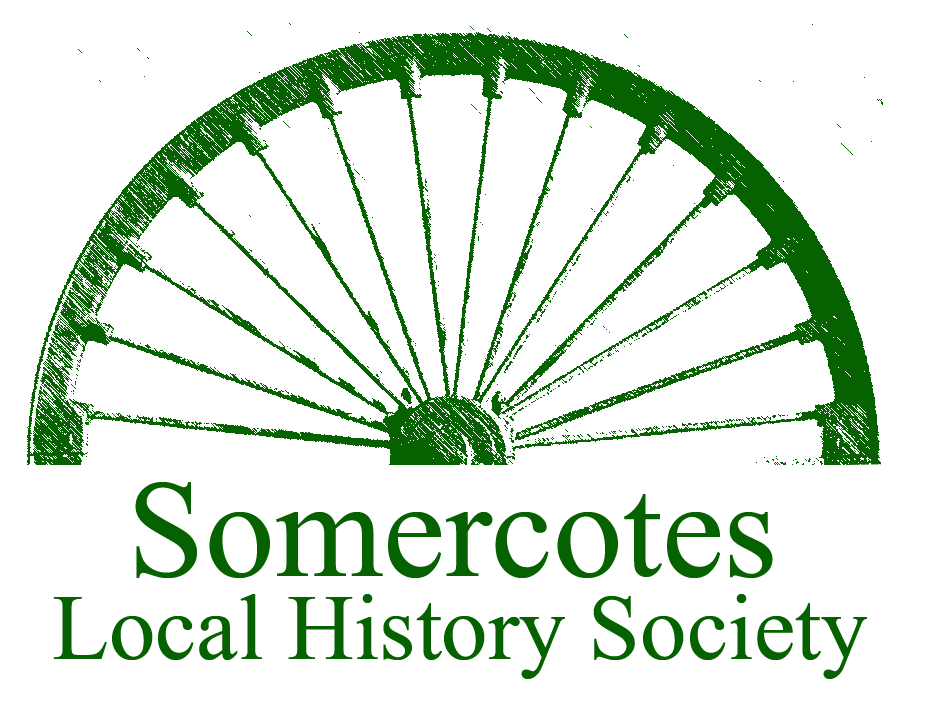






Industry & Business
The Industrial Revolution, which began in the eighteenth century, brought about great changes throughout the whole country. A largely agricultural based economy would give way in a short number of years to an industrial based one, bringing with it expansion of the towns and villages on an unprecedented scale. Derbyshire played a leading role in the changes. The Silk Mill at Derby and Arkwright’s Mill at Cromford were amongst the first factories in the world.
The coal and ironstone that lay around the Alfreton area would start to be exploited on an ever increasing scale, spawning the collieries, foundries and blast furnaces of the Butterley Iron & Steel Co. and James Oakes & Co. As industry increased, so did the need for better transport links, and the Cromford Canal and Midland Railway were constructed, both running through Pye Bridge, near to the ironworks.
As all of this feverish activity took place, an ever greater number of workers was required, and with the workers came all of the infrastructure; the bakers, the greengrocers, the builders and the dress makers, to name but a few. As they all arrived the surrounding villages grew. With the creation of the Alfreton to Nottingham turnpike, which drove a road over Somercotes Common, further development began. Houses at Pye Bridge were built, Seely Terrace and Coupland Place were constructed by mine owners for their workers, and churches and schools were opened for the well-being of the population.
The late nineteenth century saw much of this rapid growth, but it continued into the following century. Somercotes became the largest of the villages around Alfreton, and the continual residential development meant that the borders between the village and Birchwood, Leabrooks and Pye Bridge were almost lost. The heavy industry was supplemented with textile factories and similar, cleaner options. During the 1950s, it was almost impossible not to find work of some description.
With the latter part of the twentieth century, however, came a change. The mines and ironworks all closed within a few years of each other, followed, as though inevitable, by the textile industry. Instead of the reliance on the heavy industries of the past, Somercotes had to change. Where there were collieries, now there are industrial and trading estates, where there was an ironworks, there are now a myriad of engineering and similar companies. As the textile industry all but collapsed, the factory sites were redeveloped into housing and retail estates. The small businesses have also all but disappeared, to make way for out of town developments, and the people too, have no doubt changed. Those with a long family history in Somercotes are now in the minority, but generally, the Parish of Somercotes has survived. Its very existence though, is almost solely due to its industrial heritage.
Whilst its heritage should not be forgotten, nor should its present, which still relies heavily on the new industries that now virtually surround the village. Its future too, probably depends as much on the companies trading on the Cotes Park, Pye Bridge and Nix’s Hill Industrial and Trading Estates as its past relied on Messrs Oakes, Seely and Coupland, the coal and ironmasters of the past.
The sections on this part of the website cover mining, the ironworks and the small businesses which flourished in times gone by. It will no doubt never be complete, and is certainly work in progress, but please read the articles and remember workers past and present.
